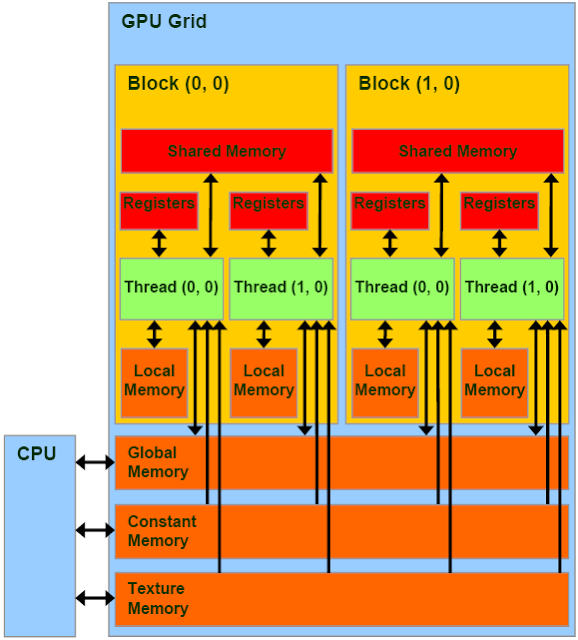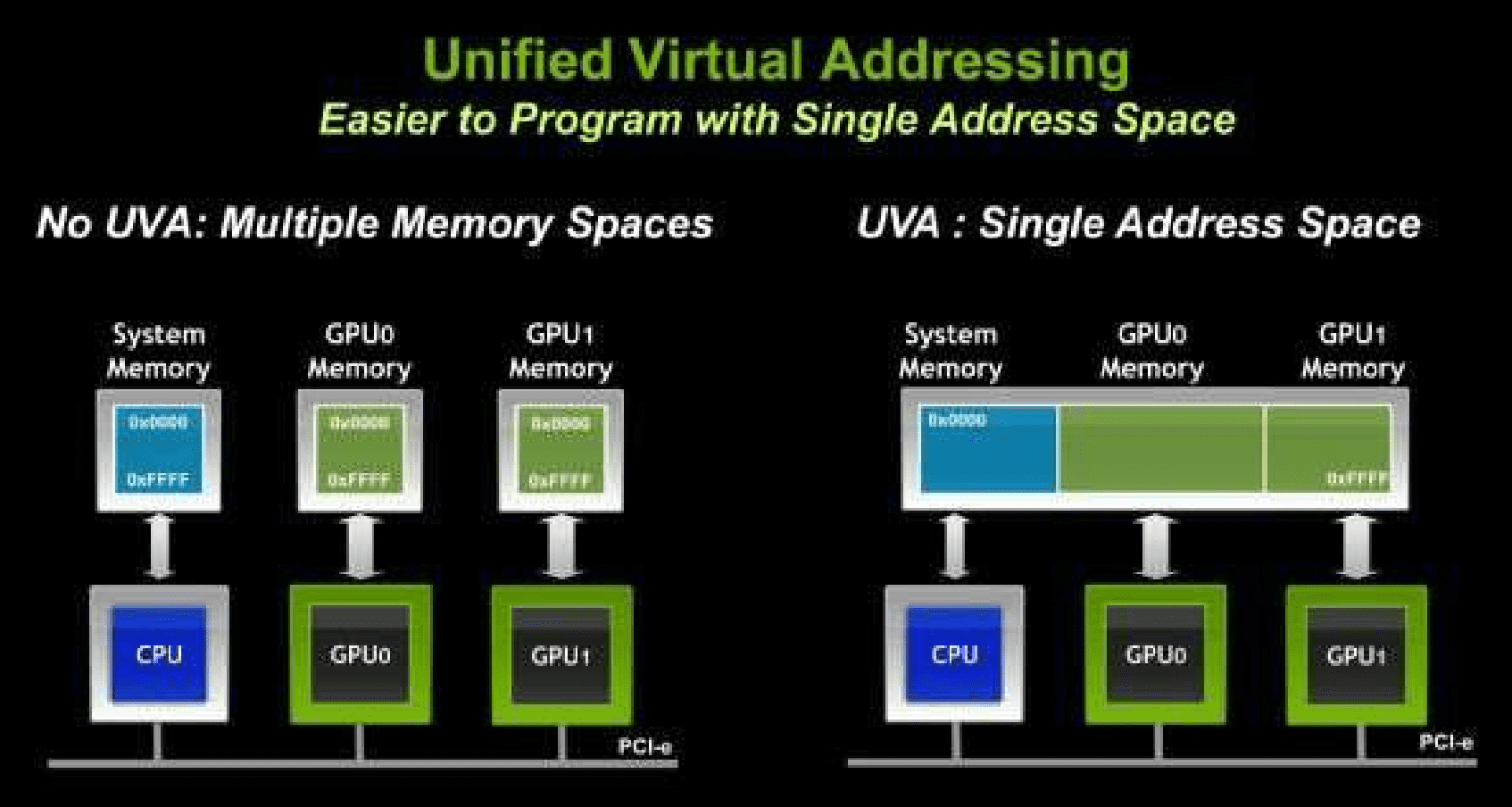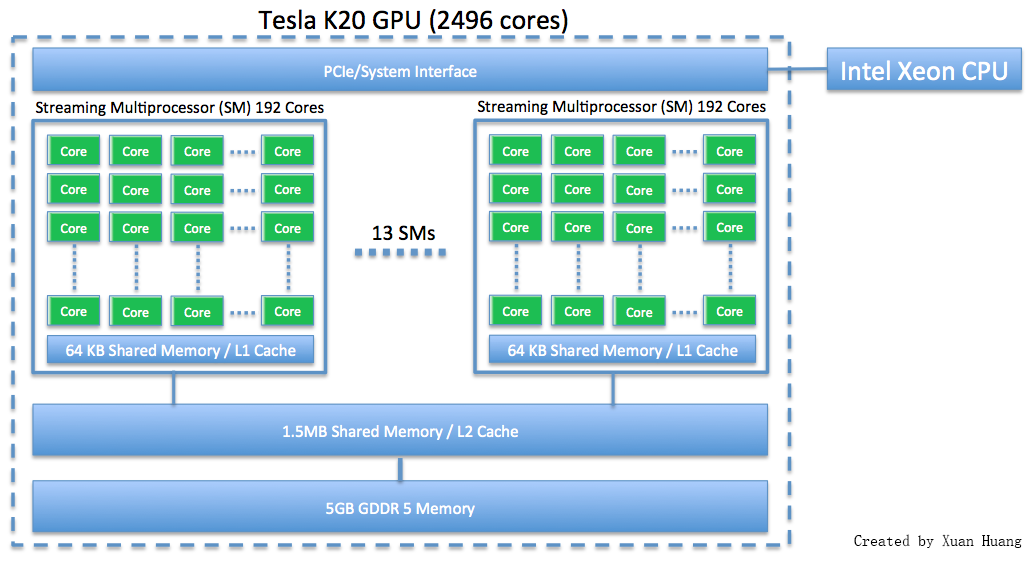Roads & PavementRoads & Pavement
Barefoot
Minimal
Low
Medium
High
Maximal
All around running shoes offer comfort and cushioning for daily runs, jogs, walks, and long mileage. They offer enough versatility for both faster and slower runs and are a great option for those who want one running shoe to do it all.
Fast run or uptempo running shoes are lightweight and responsive. They offer streamlined designs that have minimal uppers and offer a high level of energy return. These shoes are a great option for faster runs in the week or those looking for a livelier experience.
Max Cushion shoes offer premium cushioning with ample ground protection and a stable ride. These types of shoes provide abundant impact protection that softens landings while running at any pace or distance. These types of shoes are best for slower recovery runs and easy days where comfort takes priority.
Racing shoes are designed with optimal performance in mind. These types of shoes have snug-fitting uppers, energetic midsole foams, and features implemented for maximum efficiency. These types of shoes are best for runners looking to gain the ultimate advantage in races but may sacrifice some durability and comfort.
Gym Workout shoes offer a stable and versatile ride. They have a firmer underfoot feeling that provides stability for lateral movements with comfortable uppers. These types of shoes are best for trips to the gyms, cross training, casual wear, and light running. Typical CUDA program flow. 1. Copy data to GPU memory 2. CPU
Road running shoes feature smooth outsoles that are designed for running on paved surfaces such as roads, sidewalks, and bike paths.
Designed to handle most trail runs, these shoes prioritize comfort and a smooth ride. These shoes are great for anything from smooth singletrack, park trails, and fireroads making them ideal for those who run from their doorstep on streets before hitting the trail.
These shoes are best used for hard, rugged trails such as shale, granite or sandstone where grip on smooth surfaces and underfoot protection are important.
Designed for use in muddy, soggy conditions, these shoes feature very aggressive outsoles that dig deep into soft ground for exceptional traction.
These shoes feature technical outsoles designed to grip snowy and icy trails making them ideal for winter trail running.
Cushioning level, or stack height, refers to how much shoe is between your foot and the ground. For this category, we reference the amount of cushioning below the forefoot as the heel height will be equal to or greater than the forefoot height.
CUDA Unified Virtual Address Space Unified Memory Fang s Notebook
0-13mm. The Shoe generally does not have a midsole and feels like there is no cushioning. This shoe is all about feeling the ground underfoot.
14-18mm. The shoe has a thin midsole that allows for a natural running experience. Racing shoes and minimalist shoes are common here. These shoes offer a feeling of being connected to the road or trail.
19-23mm. The shoe has a slightly cushioned feel and may feature added cushioning technologies. Performance training shoes and some trail shoes are common here. These offer protection during footstrike but prioritize a lightweight, grounded experience.
24-28mm. These shoes have a stack height that fall near the middle of the spectrum.The shoes in this category are verstaile and great for all types of runs and distances.
29-34mm. The shoe has a thick midsole and ample cushioning. These shoes are highly protective and absorb more impact than the body.
35mm plus. The shoe has an extremely thick midsole and extra cushioning. The focus is on protection and soft foam underfoot with hardly any ground feel.
Neutral shoes support the foot through a normal range of arch collapse and generally do not have a built-in technology to correct movement.
Stability shoes are a great option for those who overpronate or need added support. These shoes help to limit the inward rolling motion of the ankle while running or walking and assist in guiding the foot straight through the gait cycle. CUDA Simply Explained GPU vs CPU Parallel Computing for
Product Details:
CUDA Tutorial Implicit Matrix Factorization on the GPU sales, Running Caffe AlexNet GoogleNet On Some CPUs Compared To NVIDIA sales, View Source sales, Nvidia s CUDA The End of the CPU Tom s Hardware sales, Sharing variables between the CPU functions host computer and sales, CPU Cuda slows down rendering Lighting and Rendering Blender sales, Can Cuda run on CPU Quora sales, Data Center GPU Accelerated Setup 8 Gold CPU 18432 NVIDIA CUDA sales, Migrating from CUDA to Vitis sales, Critical Section Hello CUDA GPU series 1 sales, Real Life CUDA Programming part 3 Unified Memory by Ori sales, CUDA.jl 5.1 Unified Memory and Cooperative Groups sales, CUDA Memory Access Global Zero Copy Unified migo blog sales, Introduction to CUDA using python Introduction sales, Speed comparison CPU vs CUDA vs RTX V Ray McNeel Forum sales, RuntimeError Attempting to deserialize object on a CUDA device sales, CUDA hardware model. A GPU is considered as a co processor to a sales, Vray4.2 Cuda issue V Ray for SketchUp SketchUp Community sales, Performance of sqrt in CUDA The Supercomputing Blog sales, Multi Process Service GPU Deployment and Management Documentation sales, Introduction to CUDA Programming GeeksforGeeks sales, Jrtechs CUDA vs CPU Performance sales, Shock result OpenCL vs CUDA vs CPU Adobe Community 7354875 sales, Easy way to switch between CPU and cuda Issue 1668 pytorch sales, CUDA 3 Heterogeneous architecture sales, What are CUDA Cores sales, CUDA OpenCV sales, CPU GPU Data sales, About the behavior of cudaStreamSynchronize CUDA Programming sales, Typical CUDA program execution. The CPU Host instructs the GPU sales, Hello world Cuda C. If you want to learn more these things by sales, Does CUDA mean the CPU or GPU Quora sales, cuda Can CPU process write to memory UVA in GPU RAM allocated sales, Writing CUDA in C Computational Statistics in Python 0.1 sales, How to run CUDA programs on maya High Performance Computing sales, How to Write A Typical GPU CUDA Program sales, CUDA Simply Explained GPU vs CPU Parallel Computing for sales, CUDA Unified Virtual Address Space Unified Memory Fang s Notebook sales, Typical CUDA program flow. 1. Copy data to GPU memory 2. CPU sales, CUDA Architecture Optimizing CUDA for GPU Architecture sales, Does CUDA mean the CPU or GPU Quora sales, Jrtechs CUDA vs CPU Performance sales, Nvidia CUDA Architecture Cloud2Data sales, CUDA Introduction to the GPU sales, CUDA Refresher The CUDA Programming Model NVIDIA Technical Blog sales, CUDA Wikipedia sales, CUDA Refresher Reviewing the Origins of GPU Computing NVIDIA sales, CUDA01.gif sales, CUDA C Programming Guide sales, CUDA Wikipedia sales, Product Info:
Cpu cuda sales.
- Increased inherent stability
- Smooth transitions
- All day comfort
Model Number: SKU#7441210





